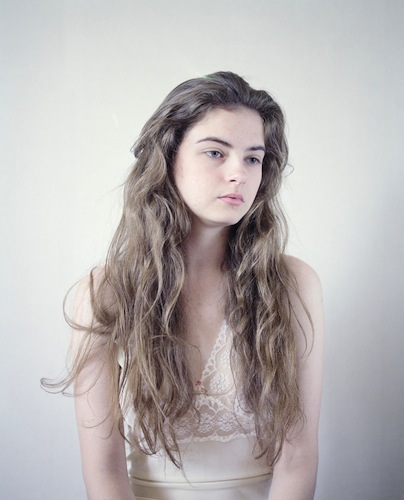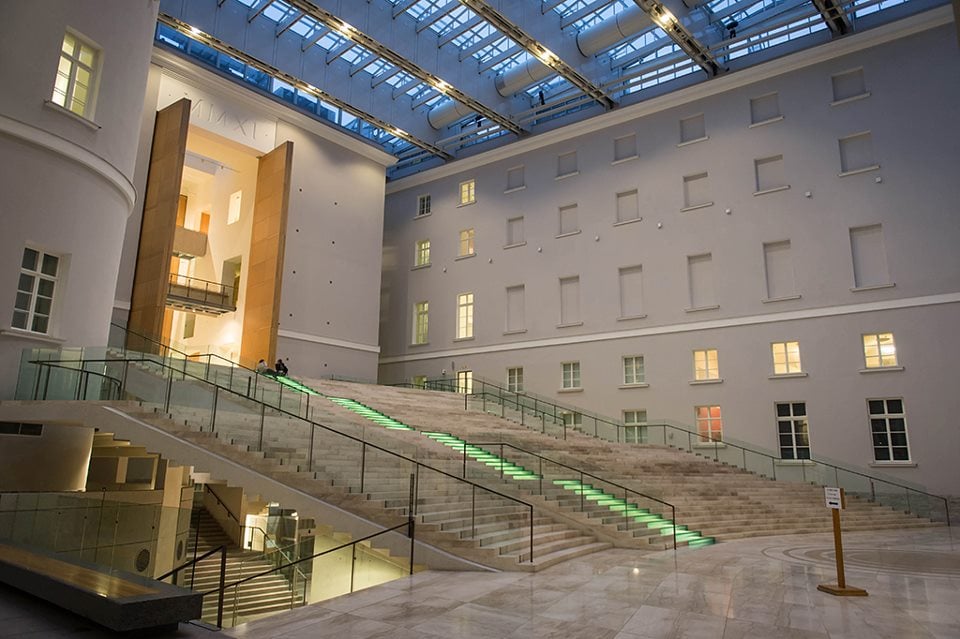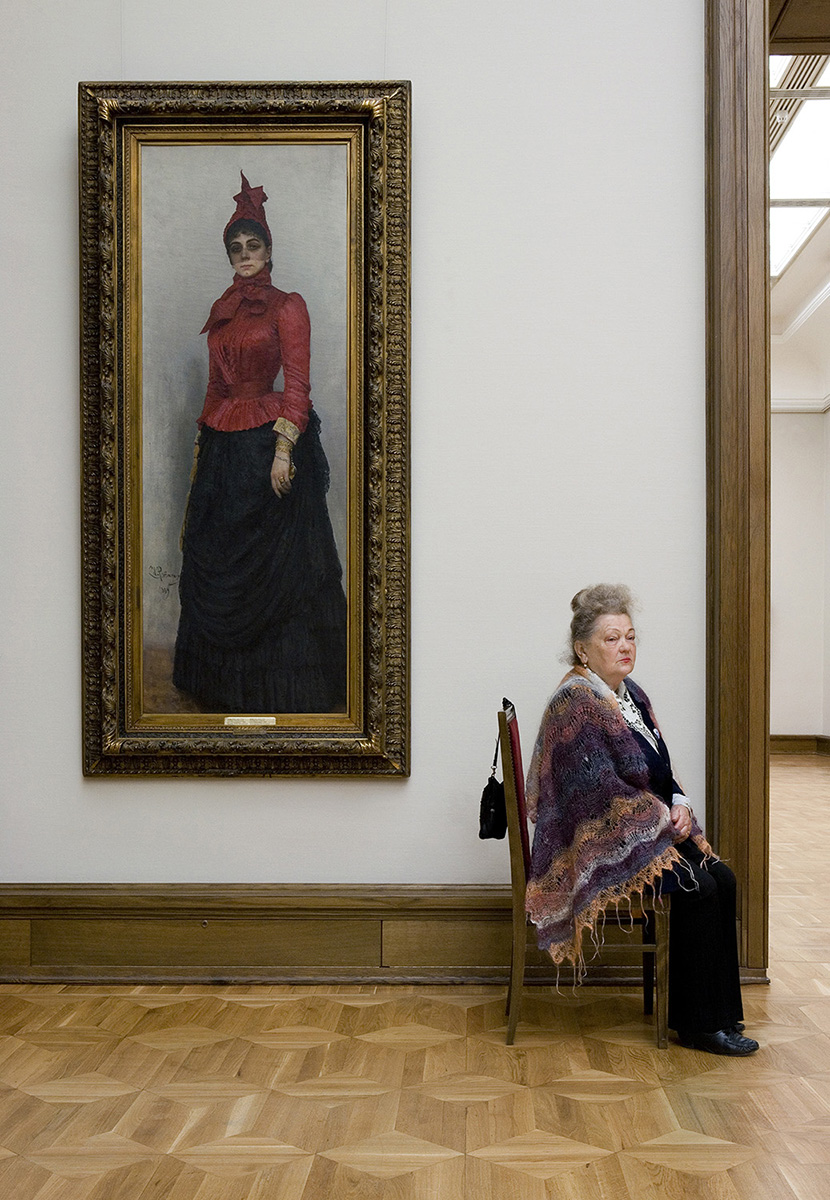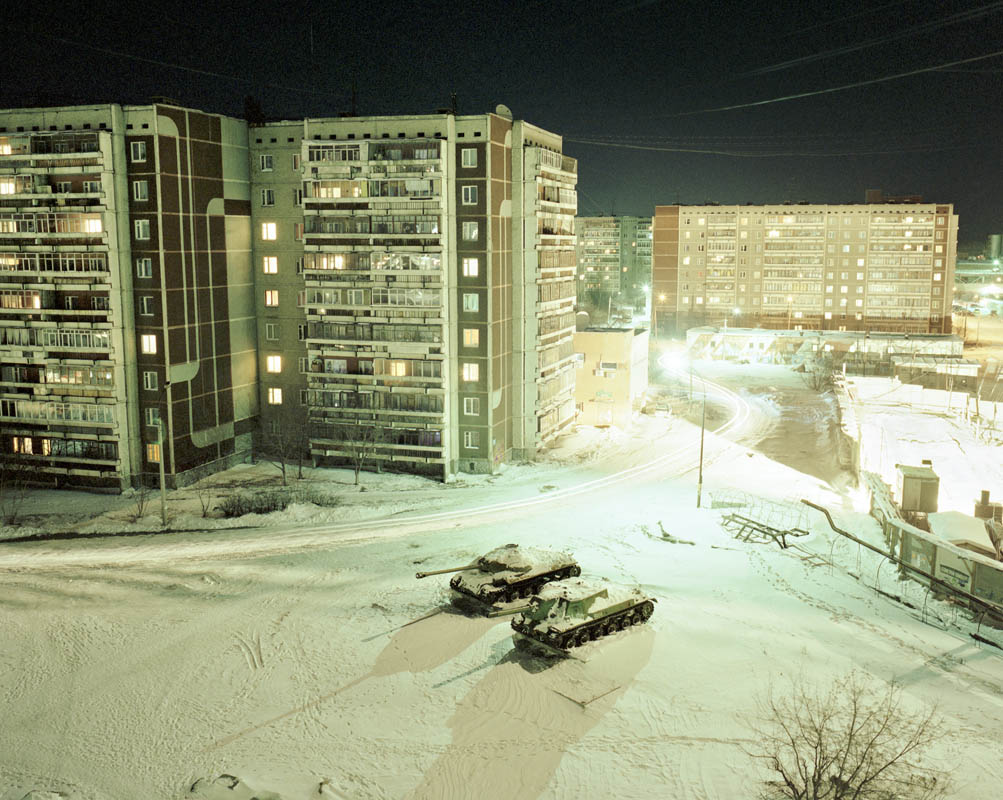Young and restless: photographer Margo Ovcharenko’s haunting pictures of teenage beauty
.jpg)
Photographer Margo Ovcharenko holds up a mirror to adolescence
For Margo Ovcharenko, inspiration is never too far away. The subjects of her photographs tend to be close friends or other young Russians who she meets on social networks. Through her work, the 24-year-old Krasnodar native explores the transition from childhood to adulthood in all its awkwardness. Intimate poses and nudity reveal the vulnerability of her subjects with many of her images hinting at a sexual or sadistic encounter, whether through lightly bruised skin or a post-coital cigarette. In one photo a young woman sits upright, balancing a book on her head — a punishment meted out to her as a child. It is only the interplay of light and dark in her photos that casts a shadow over her subjects, giving them some respite from the viewer’s gaze.
What do your photographs say about young Russians and about contemporary Russian society?
Margo Ovcharenko: I’m interested in introversion and melancholia. I look for models who are suffering either because of childhood traumas, suppressed sexuality or the impossibility of professional fulfillment. I am interested in prejudice and how people unintentionally follow a set path in their life, especially women.
How do you choose subjects for your photography?
MO: I find people through social networks. As Vkontakte is much more popular among young Russians than Facebook, I mainly use that. People turn me down more often in person than online. I guess that’s the Russian mentality. We all are more or less introverted and trust the written word more than a real smile.

Do you have a favourite photograph of yours? Can you tell us how you came to shoot it?
MO: I think of my photographs as stories, and like a story, you can’t just like one paragraph; they have a greater meaning and can’t be taken out of context. Last summer, I took some photographs of young female gymnasts and I felt awful when I looked at what I was doing and how they felt. The pictures carry a lot of emotional weight for me, both as a person and an artist.
Many of your photographs hint at sex or violence. Why is that?
MO: Sex and death are two of the most sensitive subjects for humans. The fear of death and the desire to prolong life by the passing on DNA are at the heart of everything. All of the social constructions that allow us to live in cities, such as the police and government, lead to perversions of these basic instincts. I am interested in how that works. I’m like a little girl poking a dead frog with a stick: I am sad and frightened but curiosity wins out.
“I’m not saying I can always show a person’s internal thoughts and experiences but I manage to do it more often than other artists”
There is a strong sense of vulnerability and intimacy in your photos. What is the dynamic between you and your subjects?
MO: You’d have to ask them. But they realise that if I wasn’t interested in their pain and the defencelessness which comes through nakedness among other things, they would never open up to me. I’m not saying I can always show a person’s internal thoughts and experiences but I manage to do it more often than other artists.
Which artists or photographers, past or present, do you enjoy the work of?
MO: I enjoy artists and photographers who are capable of telling a story. When you watch an interview with an artist, listen to stories about their life, go to an exhibition and see what techniques they use, you get a sense of their personality that you can’t get any other way. It’s like a documentary or a book and that’s when you can really enjoy someone’s work. If I had to choose, it would be Pascal Convert, Luc Delahaye, Lucas Blalock and Leigh Ledare, as well as icons like Francis Bacon and Hanna Wilke, who will always be my heroes.
Is there such a thing as a Russian school of photography that can be considered an art form?
MO: On the one hand, during the Soviet Union nothing authentic or indigenous came about that could be considered a leap forward in the development of photography as a medium. On the other hand, our photography has always had a particular Russian character or Russian photographers have tended to use a certain combination of metaphors and symbols. That’s what distinguishes Russian photography from, for example, Dutch photography.
How would you describe the photography scene in Krasnodar?
MO: I love Krasnodar. There are lots of great photographers there. One of the main reasons is that the region is fairly wealthy and with the 2014 Winter Olympics in Sochi, it’s also getting a lot of new investment. People are very active there. They travel around, they invite photographers to exhibit their work and they can now buy decent camera equipment. The photography there is definitely different from that in Moscow or St Petersburg. When I was based in Krasnodar, we had a close community of photographers. We liked the same artists, read the same books and websites. We were all influenced by the same things.


